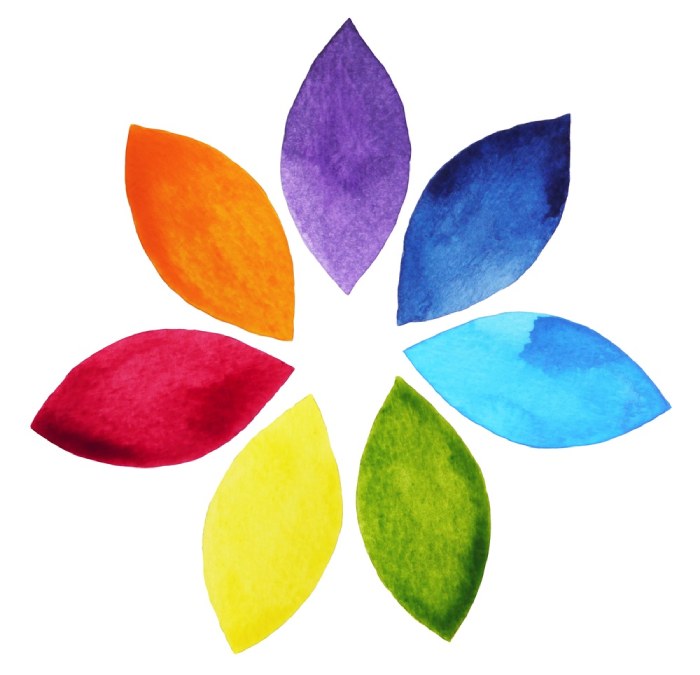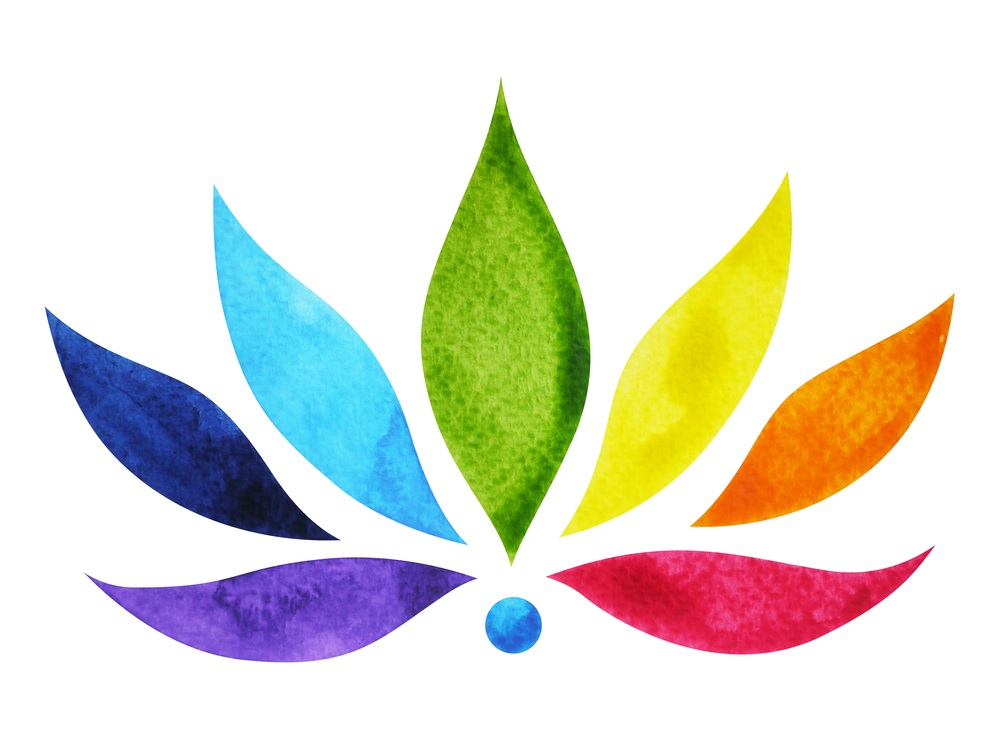In this article, we’ll delve into the fascinating realm of healing with colors, exploring how different hues can positively influence our physical and mental health.
Colors have an extraordinary impact on our emotions, perceptions, and overall well-being. This phenomenon, known as chromotherapy or color therapy, has been embraced by various cultures throughout history.
Contents
- 1 The Power of Healing with Colors
- 2 Applying Healing with Colors in Everyday Life
- 3 FAQs
- 3.1 Can color therapy replace traditional medical treatments?
- 3.2 How can I incorporate healing with colors into my daily routine?
- 3.3 Are there specific colors recommended for meditation?
- 3.4 Can healing with colors help with sleep disorders?
- 3.5 Is there scientific evidence supporting healing with colors
- 4 Conclusion
The Power of Healing with Colors
The origins of healing with colors can be found in prehistoric societies like Egypt, China, and India. It is not a contemporary idea. Every hue is said to have special therapeutic qualities that impact many facets of our existence. Let’s explore the spectrum and the therapeutic significance of individual colors:
Red: The Energy Booster
Red is associated with vitality, energy, and stimulation. It’s believed to boost circulation, increase metabolism, and evoke a sense of passion and courage.
Orange: Creativity and Joy
Orange is linked to creativity and joy. It is thought to promote emotional balance, enthusiasm, and social interaction.
Yellow: The Mind’s Sunshine
Yellow is often considered the color of the mind. It’s associated with clarity, intellect, and emotional well-being.
Green: Nature’s Soothing Touch
Green represents balance and harmony. It’s known to have a calming effect, promoting relaxation, tranquility, and overall healing.
Blue: The Calming Wave
Blue is associated with calmness and serenity. It’s believed to reduce stress, lower blood pressure, and promote a peaceful state of mind.
Indigo: The Intuitive Hue
Indigo is linked to intuition and spirituality. It enhances self-awareness, promotes deep relaxation, and stimulates the subconscious mind.
Violet: The Crown Chakra
Violet is associated with spirituality and the crown chakra. It inspires enlightenment, fosters a connection with the divine, and encourages introspection.
Applying Healing with Colors in Everyday Life
Now that we have uncovered the therapeutic properties of various colors, the next step is to explore how we can seamlessly integrate healing with colors into our everyday lives for enhanced well-being.
The beauty of healing with colors lies in its accessibility and versatility, allowing us to incorporate it into various aspects of our daily routines.
Colorful Diet for Vibrant Health
A key aspect of healing with colors involves embracing the vibrant spectrum of colors in our diets. Different hues of fruits and vegetables indicate different nutrition and antioxidants contributing to overall health. For instance, the deep reds of tomatoes and strawberries signify the presence of lycopene, known for its antioxidant properties. The yellows and oranges of citrus fruits highlight the abundance of vitamin C, essential for immune function. Adopting a diverse and colorful diet nourishes our bodies with a broad range of essential nutrients, promoting holistic well-being from within.
Colorful Surroundings for Positive Vibes
Our surroundings greatly influence how we feel. By strategically incorporating colors into our living spaces, we can create a harmonious atmosphere that positively influences our psychological well-being. For a calming effect, consider incorporating soft blues and greens in areas designated for relaxation, such as bedrooms or meditation spaces. Energizing colors like reds and oranges can find a place in areas meant for social gatherings or workspaces, enhancing motivation and enthusiasm. By thoughtfully choosing and arranging colors in our surroundings, we can curate an environment that aligns with our desired emotional states.
Wardrobe Therapy
Our clothing choices not only reflect our style but also have the potential to impact our mood and self-perception. Engaging in wardrobe therapy involves consciously selecting clothing based on the emotions or energies we wish to embody throughout the day. Vibrant and warm colors like reds and yellows can evoke feelings of confidence and positivity, making them ideal choices for days that require an extra boost. On the other hand, cool and calming hues like blues and greens may be chosen for moments of introspection or relaxation. By intentionally incorporating color into our wardrobe, we can tap into the psychological effects of chromotherapy and carry those positive vibes with us throughout the day.
In adopting these practices, we seamlessly infuse the therapeutic benefits of color into our daily routines, creating a tapestry of well-being beyond individual moments. Embracing healing with colors in our diet, surroundings, and wardrobe allows us to proactively enhance our mental and physical health, fostering a holistic approach to self-care.
Remember, the key lies in mindfulness and intentionality. By consciously engaging with the colors around us, we embark on a vibrant journey towards a more balanced and fulfilling life.
FAQs
While color therapy can complement conventional treatments, it’s not a substitute for professional medical advice. Always consult healthcare professionals for serious health concerns.
Simple practices like wearing colorful clothing, decorating your space mindfully, and consuming a diverse range of colorful foods can easily integrate color therapy into your life.
Indigo and violet are often associated with meditation due to their calming and reflective qualities. However, personal preferences play a significant role.
Blue and violet, two colors considered relaxing, may help you get better quality sleep. Experimenting with different colors in your sleep environment can be beneficial.
While research on color therapy is ongoing, scientific evidence supporting its effectiveness varies. Individual experiences with color therapy may differ, and it’s essential to approach it with an open mind.
Conclusion
In conclusion, the healing power of colors is a captivating journey that intertwines ancient wisdom with modern lifestyle choices. By embracing the vibrancy of each hue, we can unlock a spectrum of well-being that extends beyond the visible colors to the intricate threads of our emotions and health.
Discover the transformative potential of color therapy with expert guidance from Yrma Wilson. As a seasoned practitioner, Yrma can help you navigate this vibrant realm, unlocking the secrets to a healthier and more balanced life. Make a free 15-minute consultation.



